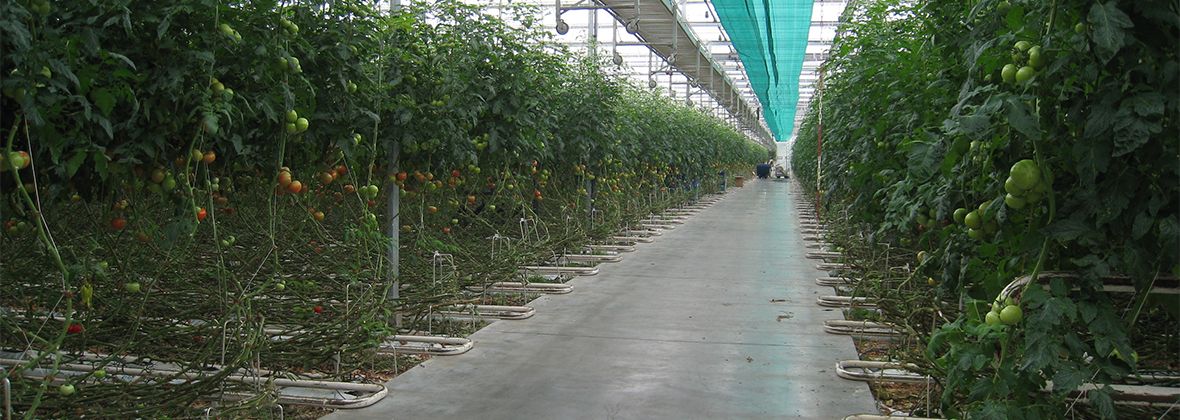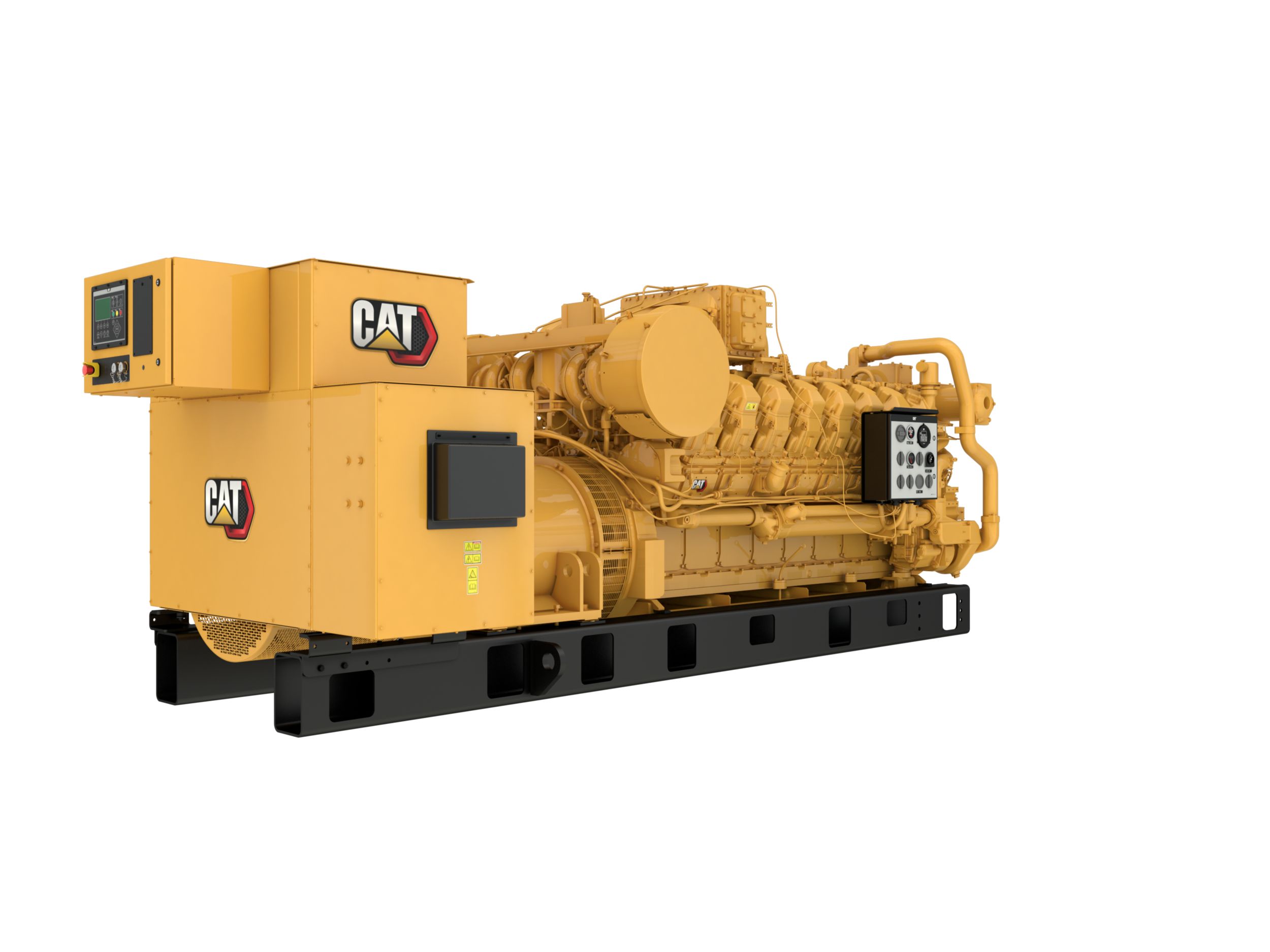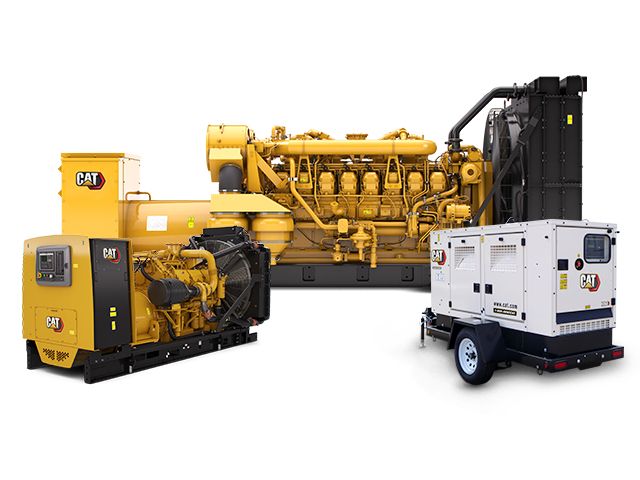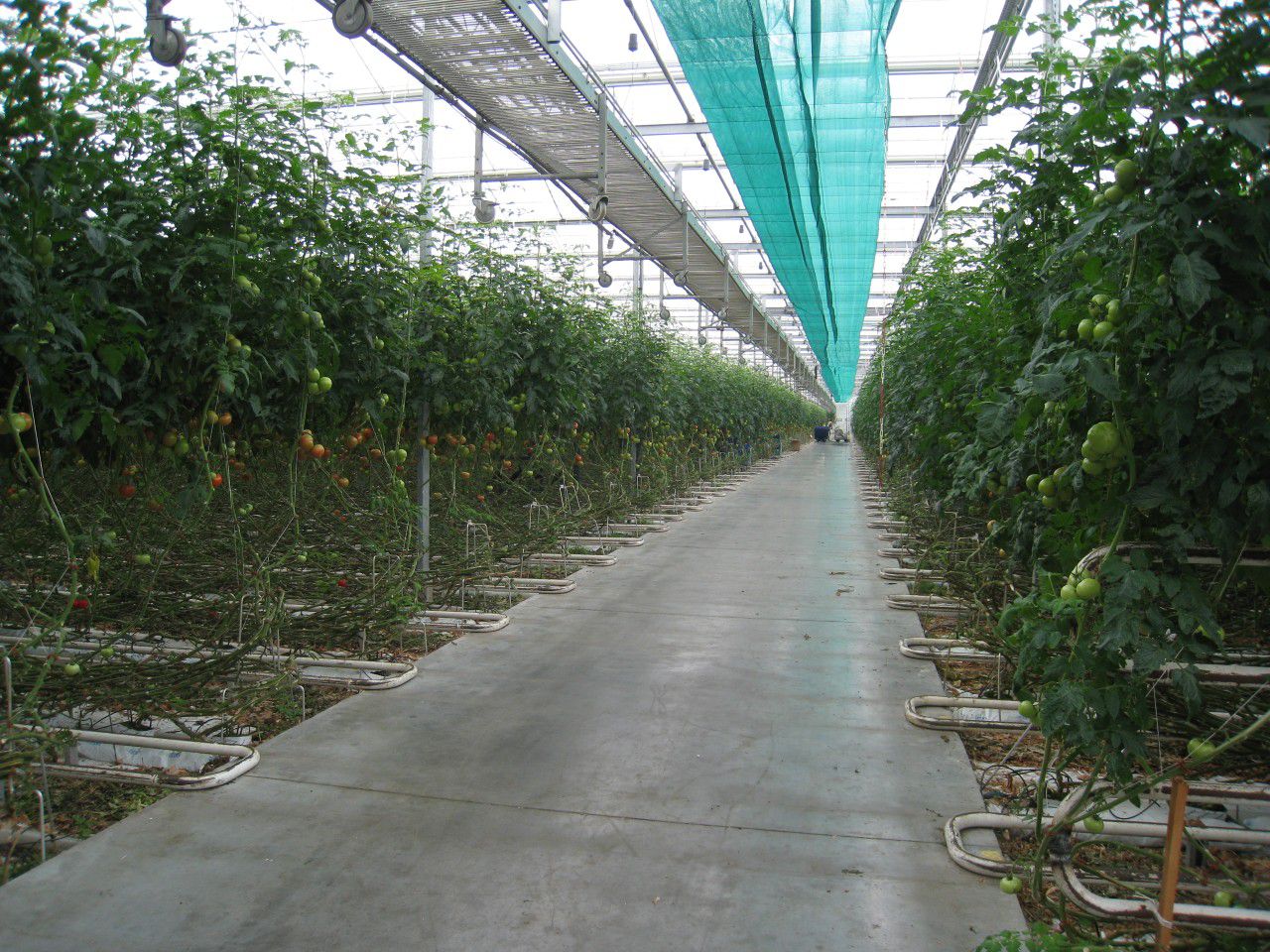Power Need
Providing power and critical temperature control to year-round greenhouse operations demands high quality equipment capable of delivering exact specifications to ensure maximum growth potential in plant life. A stout back-up power system is also of importance to guarantee little to no loss of power is experienced in such delicate agricultural applications.
The Eric van den Eynde Greenhouse cultivates approximately 1.2 million tomatoes and 1 million eggplants each year at its 4-hectare (9.8 acre) facility located in Kontich, Belgium. The greenhouse, 20 km (12 miles) north of the Belgium capital of Brussels, needed an on-site power generation system to provide combined heat and power (CHP) to maximize growth of the vegetables. The greenhouse must maintain a temperature of 20 degrees Celsius (68 degrees Fahrenheit) for prime growing conditions; specific additional amounts of CO2 are also desirable in this process. A reliable method of providing this heat, electricity and gas not only maintain the business, but also accelerate plant production.
While the greenhouse is connected to the local utility IMEA, on-site CHP generation with CO2 enhancement was required. A CHP system was an attractive solution to energy needs, as the majority of power generated could be sold back to the local utility IMEA to increase the overall return on investment.
Solution
An engineering evaluation by Eneria Belgium, the local Cat® dealer, determined that the greenhouse expansion would be best served with a new generator set in addition to the Cat equipment that had been used as the main source of power since 2001. Previously, two Cat® G3516A generator sets rated to 1,070 kW provided the greenhouse's needs. A Cat G3520E natural gas module rated to 2,070 kW was installed in 2007 to serve as the main power source and CHP.
The G3520E is housed in an enclosure, provided by Eneria, separate from the greenhouse itself while the existing units are located in an engine room inside. Controls for all three units sit next to the interior engine room for on-site monitoring. The modules can also be monitored remotely. These controls allow running hours of generator sets in this greenhouse to be adjusted everyday depending on hourly changeable electricity costs.
The greenhouse consumes only five percent of the electric power produced by the G3520E. The remaining 95 percent is sold to the local utility IMEA. An internet-based exchange market for electric power in place in Belgium allows electricity producers to sell power instantaneously. Electricity costs can change on an hourly basis so running hours of the generator sets are adjusted on a day-to-day basis via the generator sets' controls to take best advantage of power and prevailing rates the local utility IMEA.
The heat portion of the CHP installation comes in the form of hot water and is used to stabilize the greenhouse temperature at the desired 20 degrees Celsius (68 degrees Fahrenheit.) Water with a temperature of 95 degrees Celsius (203 degrees Fahrenheit) is stored in a 1,200 cubic meter (1,569 cubic yard) tank while water at 45 degrees Celsius (113 degrees Fahrenheit) runs in metallic tubes in the greenhouse. The temperature is maintained between 19 and 21 degrees Celsius (66 to 69 degrees Fahrenheit) throughout the year.
The typical electrical efficiency of a gas generator set is about 41 percent of total fuel gas energy input. More energy is recovered from an engine by capturing the heat from the aftercooler, the engine jacket water, the cooling oil water and exhaust gas. This allows the greenhouse to recover approximately 90 percent of its total input energy.
The exhaust gases from the generator sets are cleaned of nitrogen oxides (NOx), carbon monoxide (CO) and unburned hydrocarbons (CnHm). Selective Catalytic Reduction (SCR) and Oxidation systems convert these gases to cleaned forms before they are allowed to re-enter the air outside. CO2 is re-introduced into the greenhouse. The gas is supplied for 12 to 16 hours per day during summer months and 6 hours per day during winter months. The generator set produces 240 kg (529 pounds) per hour per hectare of CO2. The greenhouse requires only 180 kg (396 pounds) per hour per hectare of CO2. Therefore to stimulate plant growth, nearly 75 percent of the gas is captured and recycled.
Results
“I chose a CHP solution because it is the way I can run my greenhouse in a good financial condition,” Eric van den Eynde, the greenhouse owner, notes. “We get our power, heat and supplements for our plants from one machine, and we get the additional benefit of selling electricity to the grid.”
Without the CHP installation liquid CO2 would be needed for the greenhouse year-round at a cost of nearly 100 Euros (137 dollars US) per liquid ton. 180 kg (396 pounds) per hectare of CO2 are needed on an hourly basis. With Caterpillar generator sets, CO2 becomes available as a free by-product. Harnessing the electricity, heat and CO2, the Eric van den Eynde Greenhouse capitalizes on all facets of its power generation. By utilizing the full scope of the cogeneration plan, the facility is able to meet its economic goals as well as its environmental goals by releasing less unfriendly gases into the atmosphere. The financial return for such a power station investment is approximately three to four years by the heat recovered from the engine through water and exhaust gas recovery instead of gas fired boilers, the excess electrical output from the gas generator sold to the local utility, and the CO2 fertilization by using exhaust gases of the engine.
“If there is less CO2 than is required, plants become bigger and less vegetables are produced. Our Cat® G3520E module provides all of the things our plants need to grow and helps us run a successful business,” van den Eynde says.
Download the Power Profile








